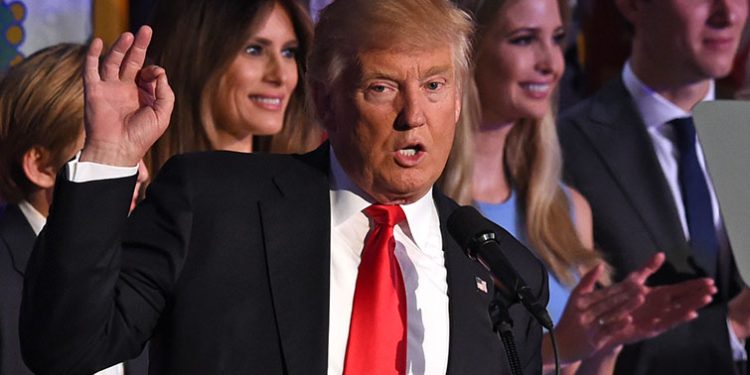US President Donald Trump has cast doubt on reaching a trade deal with Canada before his August 1 deadline, suggesting the relationship may devolve into a tariff-only arrangement. Speaking to reporters before his Scotland trip, Trump dismissed ongoing negotiations, stating, “I think Canada could be one where there’s just a tariff, not really a negotiation.” The comments come after Canadian Prime Minister Mark Carney vowed not to accept a “bad deal”, setting the stage for a high-stakes trade standoff.
If no agreement is reached, Trump plans to impose 35% tariffs on US imports of Canadian goods, excluding those covered by the existing NAFTA agreement. This follows his earlier 25% blanket tariffs on select Canadian products and 50% duties on aluminum and steel. While Trump claims these measures will boost US manufacturing, economists warn they may raise consumer prices and disrupt integrated supply chains, particularly in the auto industry, where 75% of Canadian exports go to the US.
Canadian officials have downplayed prospects for an imminent agreement. Intergovernmental Affairs Minister Dominic LeBlanc described recent Washington talks as “productive and cordial” but emphasized Canada will take “the time necessary to get the best deal.” The cautious tone reflects Canada’s reliance on US trade and resistance to Trump’s hardline tactics, which have already sparked global economic uncertainty.

Why It Matters
The US-Canada deadlock contrasts with Trump’s recent trade victories, including a deal with Japan securing $550 billion in US investments for reduced 15% tariffs. As the August deadline approaches, all eyes are on whether NAFTA’s founding partners can avoid a full-blown trade war—or if Trump will make good on his threat to isolate Canada economically. With auto plants and agricultural markets hanging in the balance, the fallout could redefine the North American trade as we know it for decades to come.

















